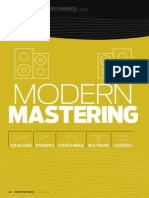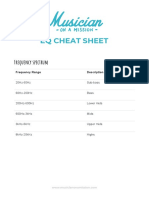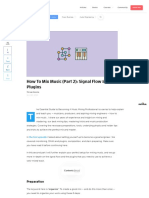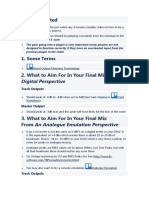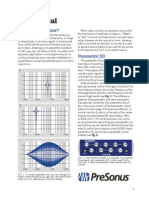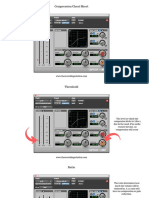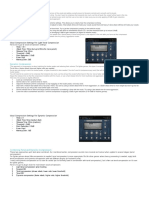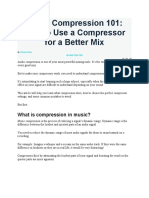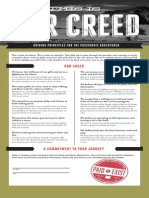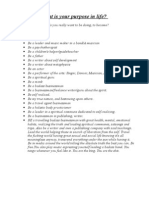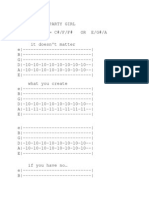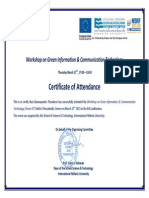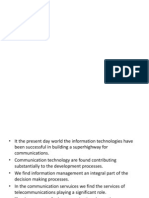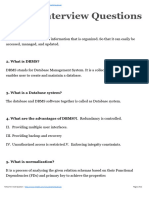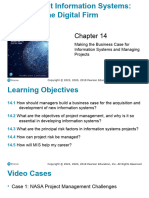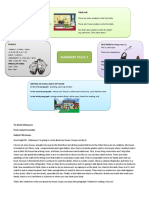COMPRESSION
CHEAT SHEET
www.musicianonamission.com
�10 TOP COMPRESSION TIPS
q Start with an attack time of roughly 40ms and a release time of 60ms for
instruments (but this is a HUGE generalization).
w Start with a medium-fast attack time (around 10ms) for vocals.
e You don’t always have to use compression - don’t just do it for the sake of it.
r Have an intention.
t Stack compressors for more control.
y Parallel compression on drums or vocals (lighter genres) is more subtle.
u Plugin order doesn’t matter much - don’t obsess.
i Pick a compressor plugin a stick with it, learn it.
o Keep an eye on the gain reduction meter.
a Adjust the output gain to volume match the plugin (same volume going out).
www.musicianonamission.com
�ATTACK TIME
• Think of it as attack amount.
• Two main settings (forget everything else for now)…
• Slow attack time = lots of transient, lots of attack, lots of aggression.
• Fast attack time = less transient, less attack, more thickness.
• Make sure you know how your plugin works (analogue modelling is backwards).
• Always err towards slower attack times, otherwise you can ruin transients and
dynamics (2ms or more in general).
• Normally, if something sounds over-compressed, it’s due to fast attack times.
• Only use fast attack for a particular reason (e.g. snare or kick might require
1ms or less).
• Start slow, make faster until start to lose aggression, then back off.
www.musicianonamission.com
�RELEASE TIME
• How long it takes the compressor to disengage after the audio drops back
below the threshold.
• Could be on a small scale (ms) or even seconds (unlike attack time).
• Fast release times can cause distortion, pumping, and a range of other issues.
• Don’t be afraid of auto-release, works well in most cases.
• Err towards slower times (40ms or more).
• Adjust to be as slow as possible while breathing in time with the music.
• Compressor should drop to around 0-1dB of gain reduction every few beats,
otherwise release time potentially too slow.
• There are some exceptions where really slow release times work (2 seconds plus),
so remember that these are just guidelines.
• Fast release better for more apparent volume, but be very careful as can lead to
distortion.
DIFFERENT GENRES
• Pop - focus more on dynamic control and constant compression than tonal shaping.
• Rock - lots of compression, be bold, use slow attack times to add aggression.
• Hip-Hop - older hip-hop is more like Rock (adding aggression), modern Hip-Hop
is more like Pop (controlling dynamics).
• Electronic - focus on the vocals, as samples and virtual instruments don’t need
compression for dynamic control.
• Acoustic - lighter genres (acoustic, jazz etc.) require little or no compression.
www.musicianonamission.com
�KEY USE CASES
• Vocals
- They need to be incredibly consistent, so combine compression with
automation.
- Opt for slower attack times (5-20ms) to maintain aggression and keep the
vocal upfront.
- Lower ratios are normally sufficient, around 2:1.
• Drums
- Kick and snare should be super consistent, compress individually.
- Can rely solely on compression in most cases (no need for excessive automation
as with vocals).
- Will need a fast attack time to catch the drum hit - spend plenty of time tuning
this parameter.
- Will probably need a higher ratio, like 4:1.
- If compressing the entire drum buss, use parallel compression to avoid audible
pumping on the cymbals.
• Bass
- As with drums, needs to be consistent and provide a solid foundation.
- Similar process to drums, but more care with release time (tune to the tempo).
www.musicianonamission.com
�• Group busses
- Backing vocals buss, guitars buss, keys buss etc.
- Compress lightly (if needed) to add more control, 2:1 ratio, 2-5dB of gain
reduction.
• Guitars
- For a crunchy, hard rock sound, sometimes heavy compression is needed.
• Samples
• Make samples more interesting by using slow attack times and adding
aggression.
• But, no need for dynamic control here, as samples are all the same volume
already.
WANT TO CREATE PROFESSIONAL,
RADIO-READY MIXES AT HOME?
CHECK OUT THE FREE TUTORIALS ON
THE MUSICIAN ON A MISSION YOUTUBE CHANNEL
www.musicianonamission.com













